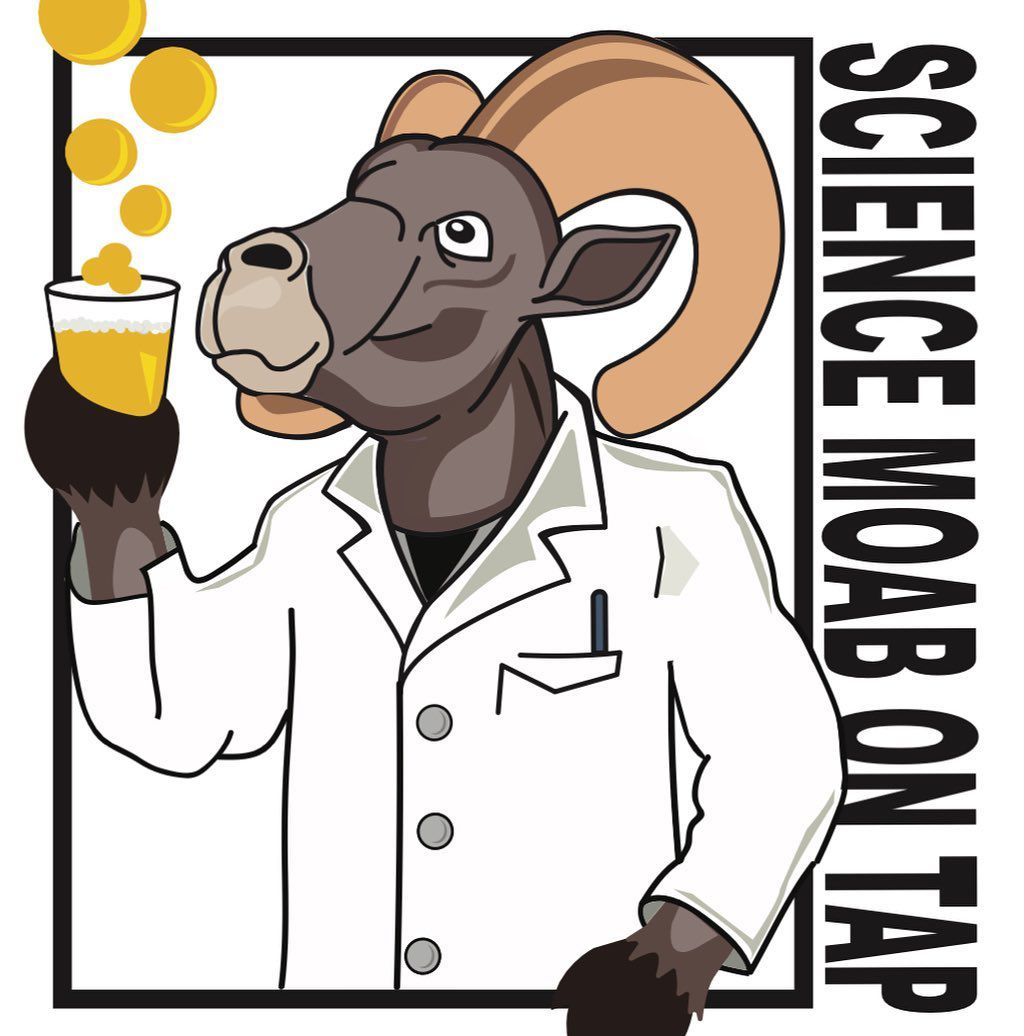Some information may be outdated.
“We do these events specifically for our local community,” said Kristina Young, founder of Science Moab.
She’s speaking of the return of Science Moab on Tap, a series of lectures that pair local scientific research with hanging out and getting a beer with friends.
“We’re trying to make everyone know that our community has a ton of incredible scientists and amazing scientific research going on all the time,” she said, “and this is a fun, open and welcoming way to keep people aware of all that scientific research.”
In its second year, the series will feature four talks on erosion, climate change, river science and even a special spring event exploring whether the future of Moab could look like a dry dystopia out of the Mad Max series of movies.
“We’re a bit of an oddball for Science Moab on Tap,” said Mike DeHoff, owner of Eddyline Welding, “since we’re kind of not scientists in a way.”
DeHoff is part of a group of Moab-area river guides, including Bego Gerhart and Peter Lefebvre, who will be presenting their work at the first Science Moab on Tap event of the season on Tuesday, Dec. 10, at 6 p.m.
Cataract Canyon begins at the Colorado River’s confluence with the Green River and ends when the canyon is submerged beneath the waters of Lake Powell. The canyon has long been a destination for whitewater rafting, but many of the historically challenging rapids were drowned after the completion of the Glen Canyon Dam in 1966.
The three guides have run trips through the canyon for years, and started noticing big changes in recent years as the water levels dropped due to drought.
“We kept saying ‘I hope someone is cataloging these changes,’ until we realized no one was doing it in a way that noticed the things we noticed,” said DeHoff. “That’s why we started pursuing our own questions.”
The three guides began gathering extensive information to track changes in the river’s path from scientists, guides and river-runners.
“We’re looking at things from our perspective, like: what’s the next rapid that was submerged and might come out again? What should we expect as the river changes?” said DeHoff.
The group has collected massive amounts of research looking at pre-dam rapid information from guidebooks and getting historic photos of the river both before and after the dam.
“We published a small field guide for some river-runners, and we’ve heard how much this information is changing how people view the canyon,” said DeHoff. “People are better able to understand how the canyon has changed over time and where it might be going.”
Begun informally, the project has attracted a lot of attention from the scientific community for the depth and detail of the observations.
“It’s fascinating to see how many people love the river and want to be a part of our project,” said DeHoff, noting that the group now collaborates with the U.S. Geological Survey and other government and academic science groups.
“These are longtime Moab locals that don’t have PhD-style science backgrounds, but they notice the river and wanted to document the river’s changes,” said Young. “It’s wonderful to show that science is for everybody and everybody can do science.”
DeHoff is excited to present their findings to the Moab community, flush with people knowledgeable and passionate about the Colorado River.
“We’re really amazed at the people who came before us who freely shared their work with us. We feel that we should do the same going forward,” said DeHoff.
“We were just three guys following some questions about a place we loved. It’s a wild ride and it’s not over yet.”
For more information on Science Moab programming, go to www.sciencemoab.com.
When: Dec. 10 at 6 p.m.
Where: Woody’s Tavern (221 S. Main)
For more info, go to www.sciencemoab.com
Appreciate the coverage? Help keep local news alive.
Chip in to support the Moab Sun News.





